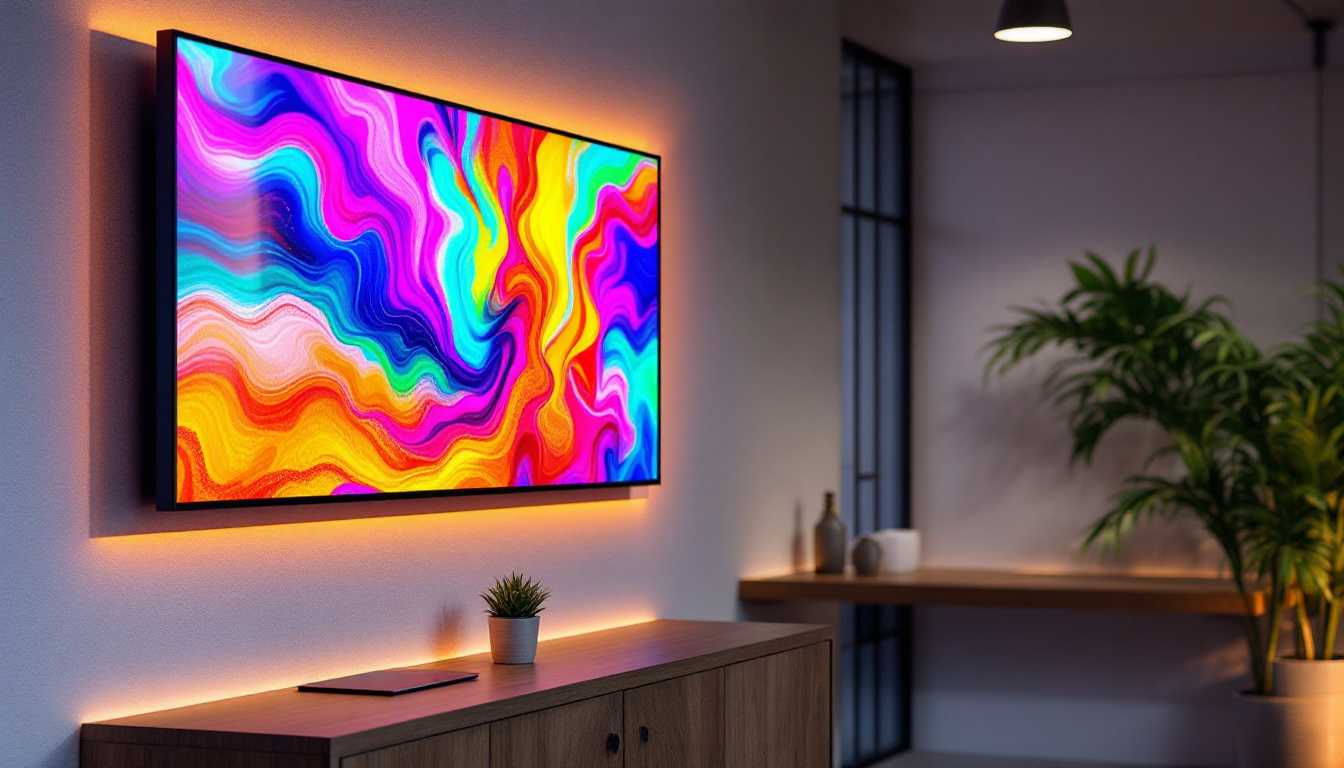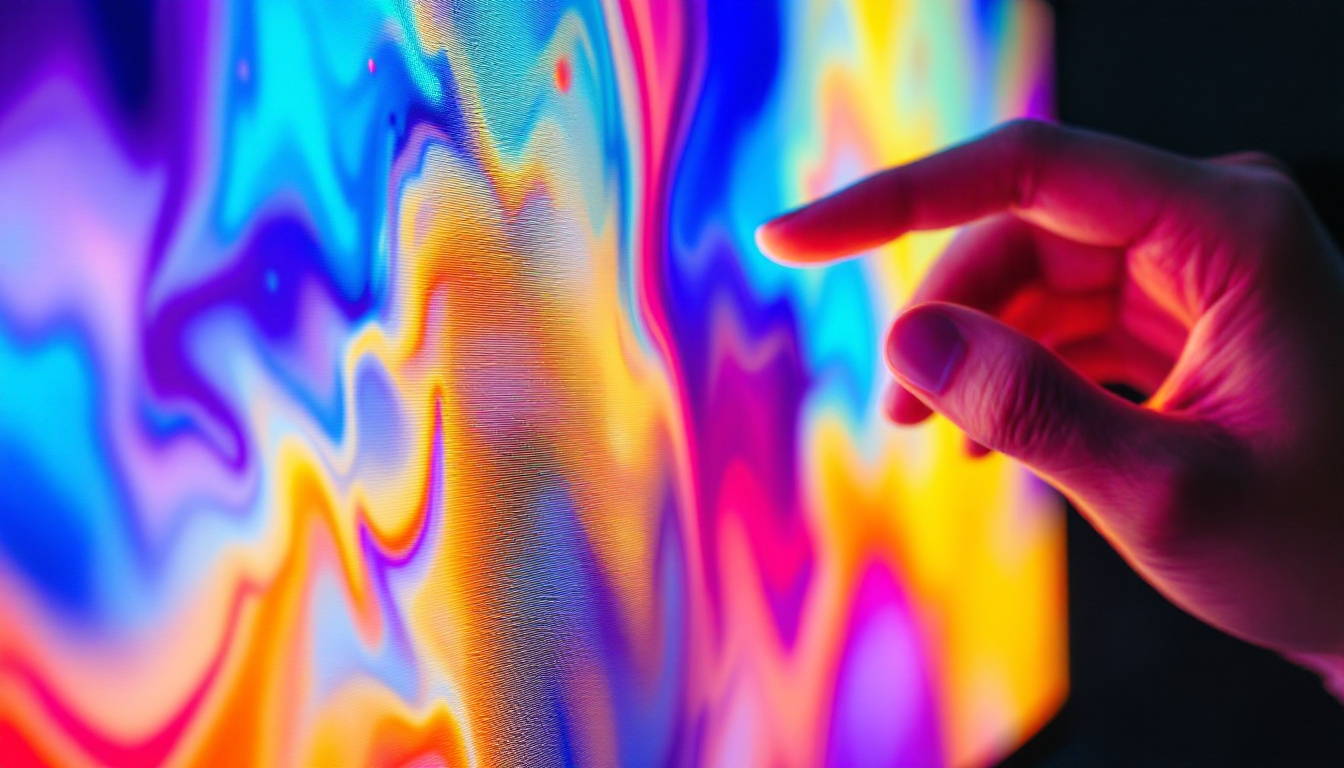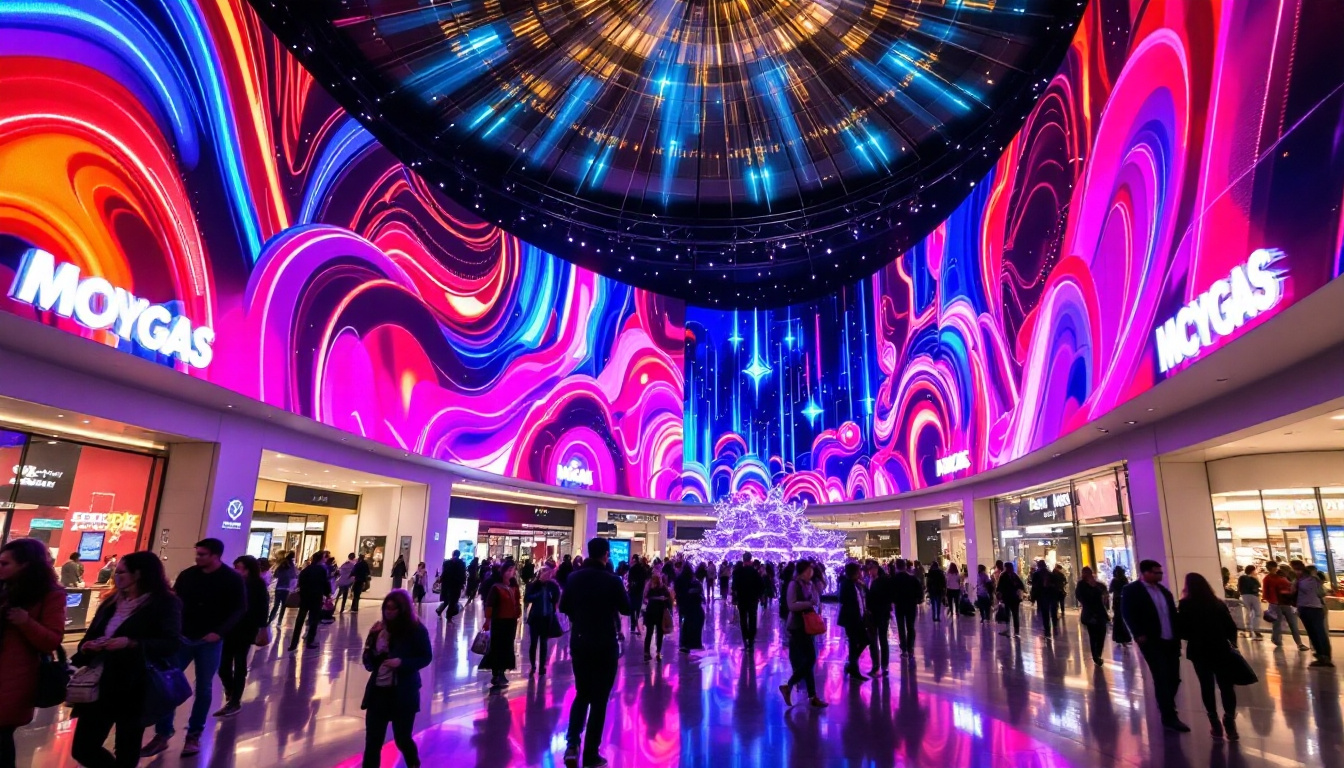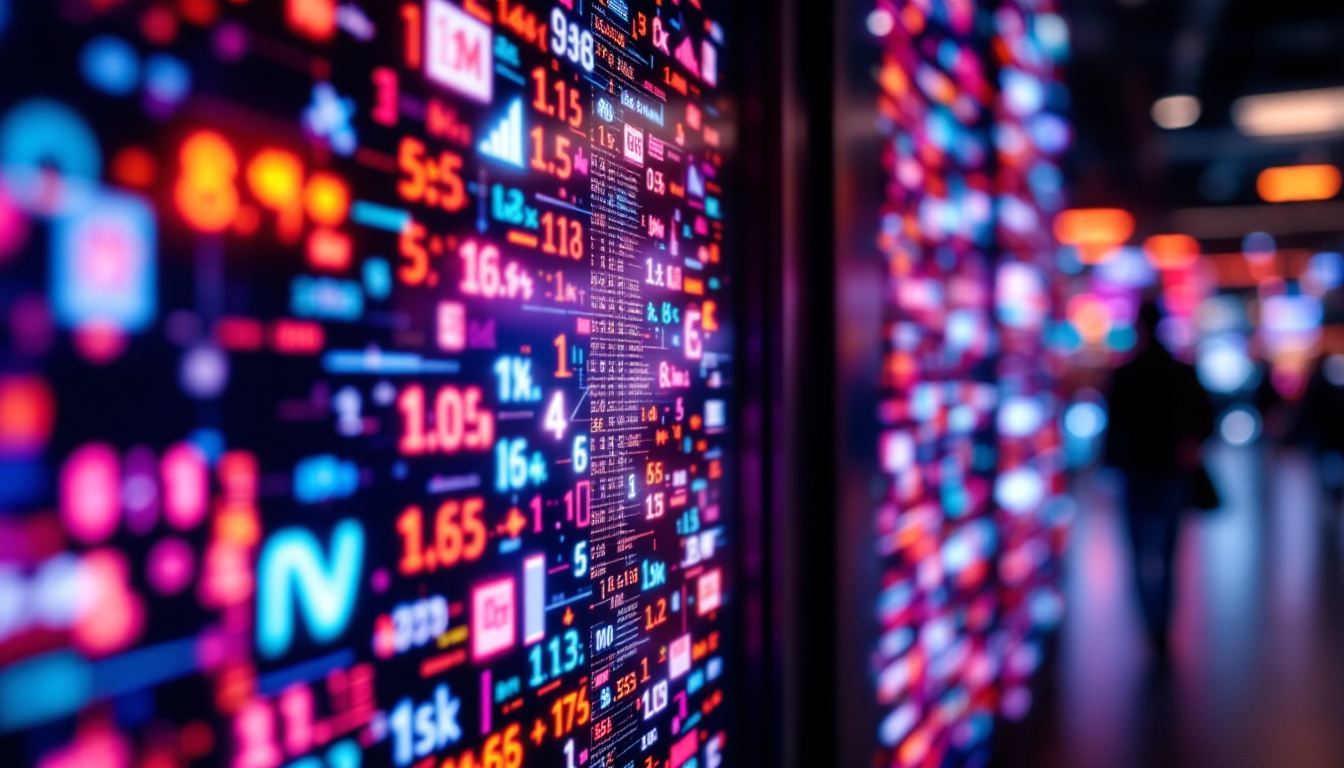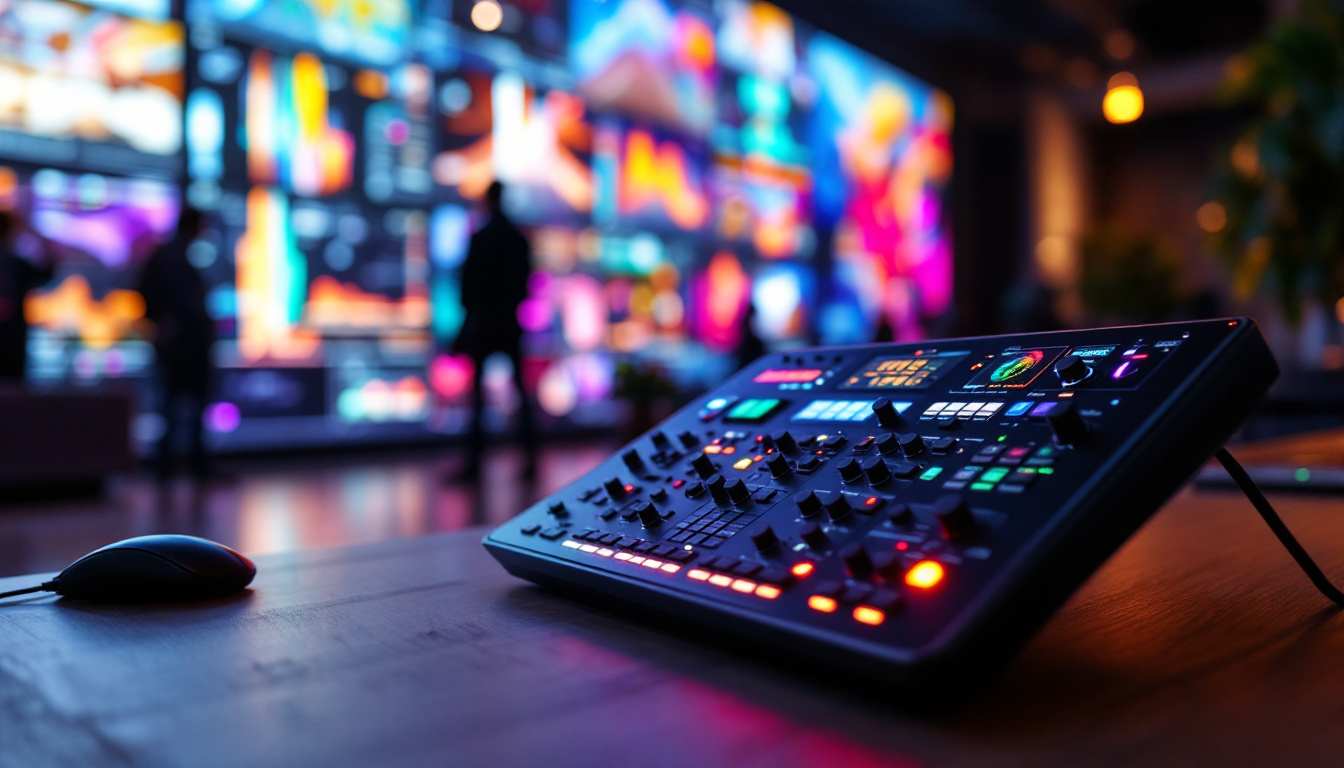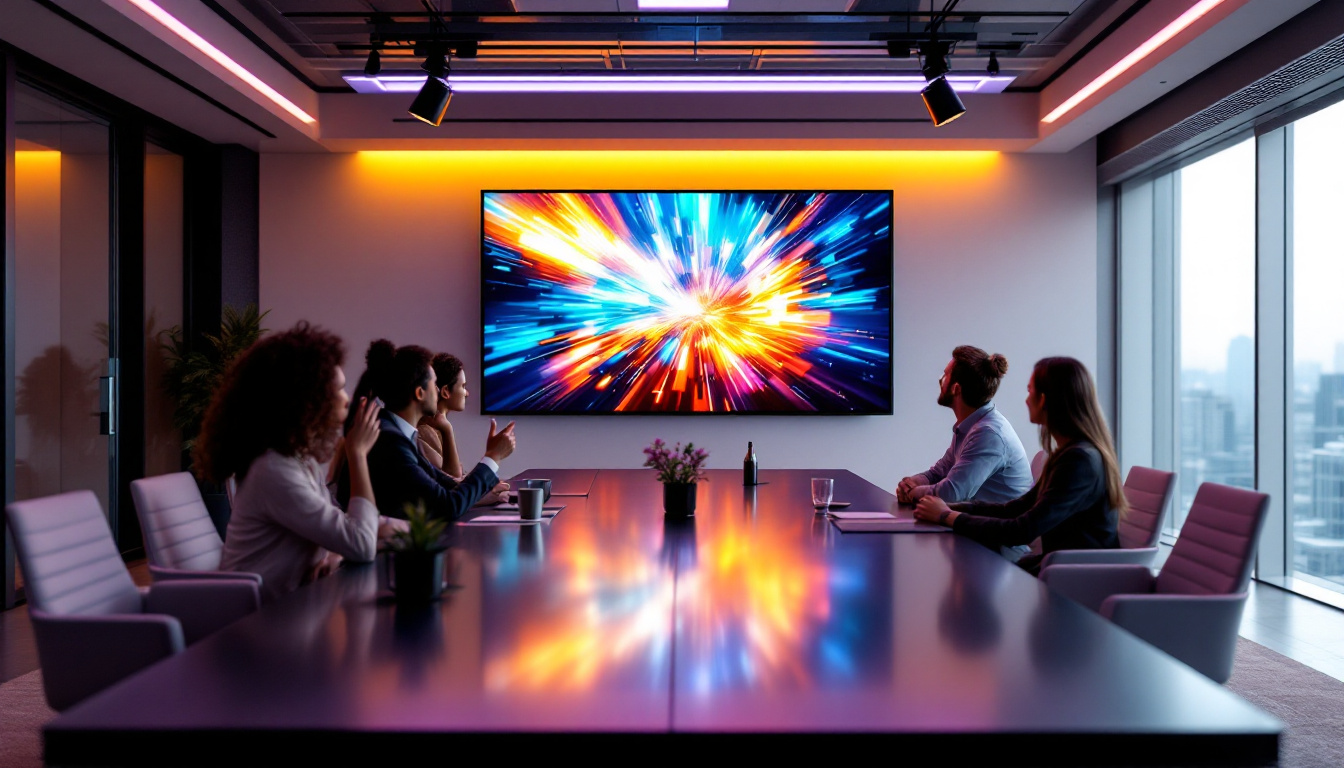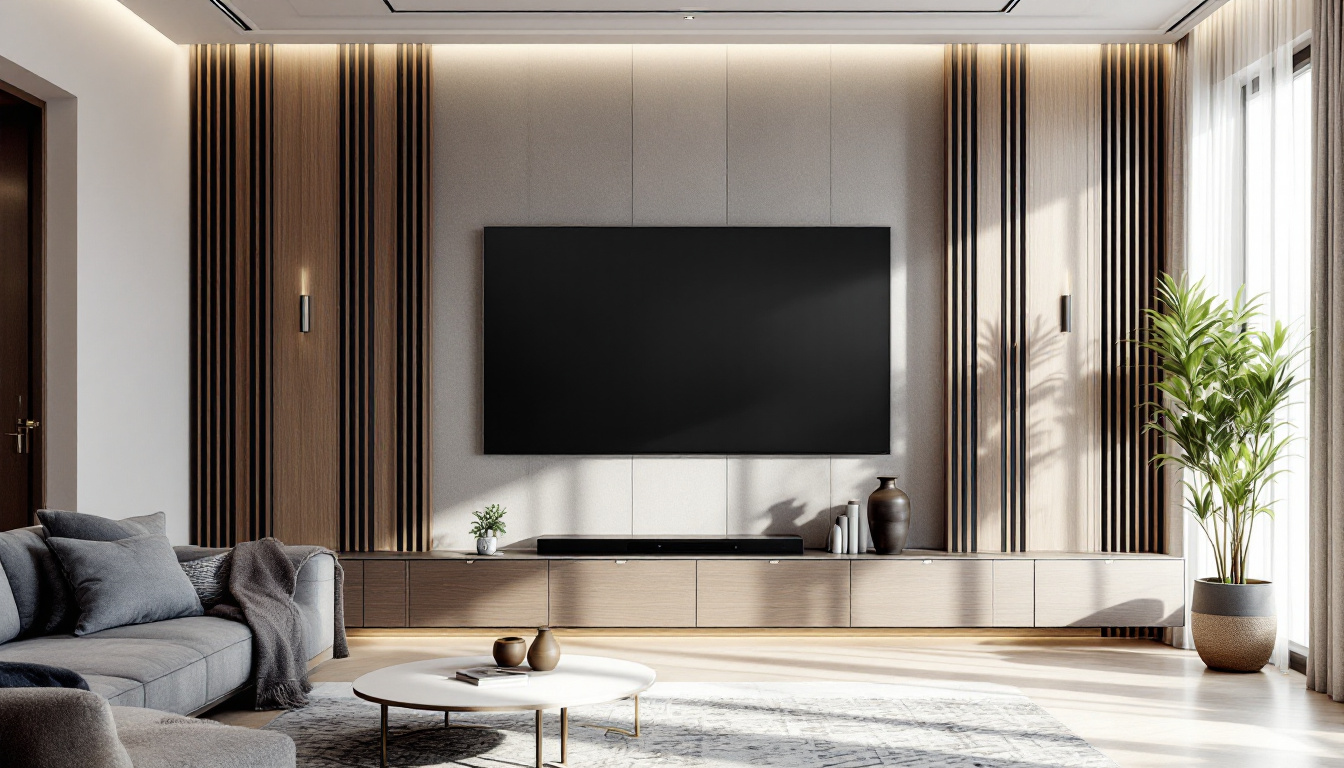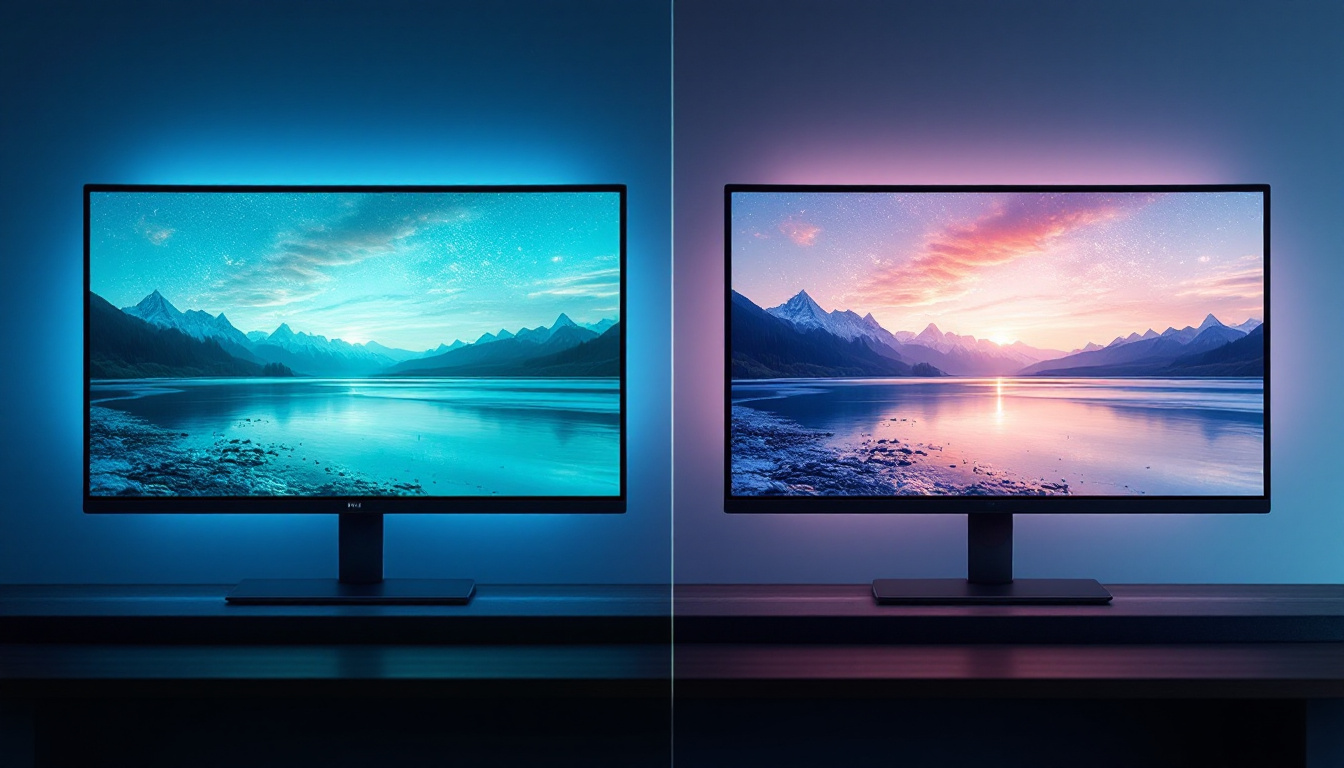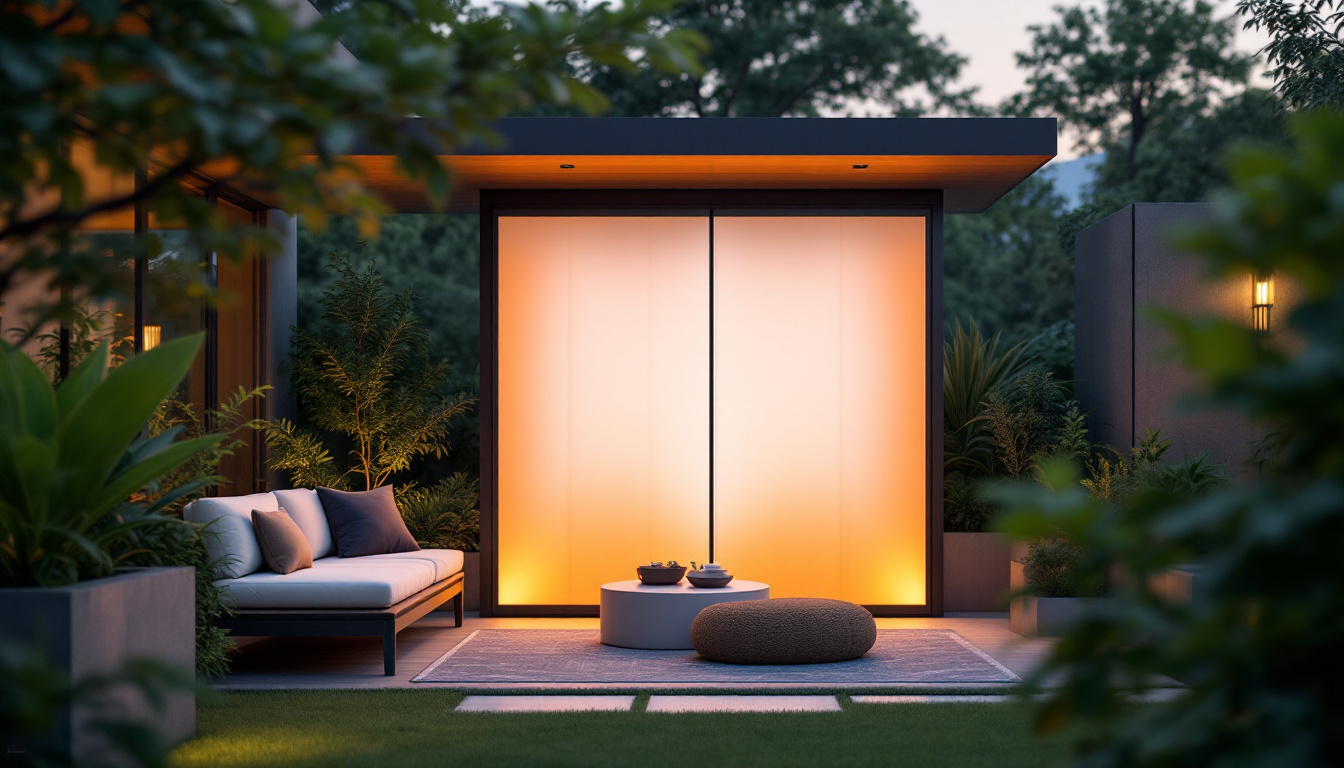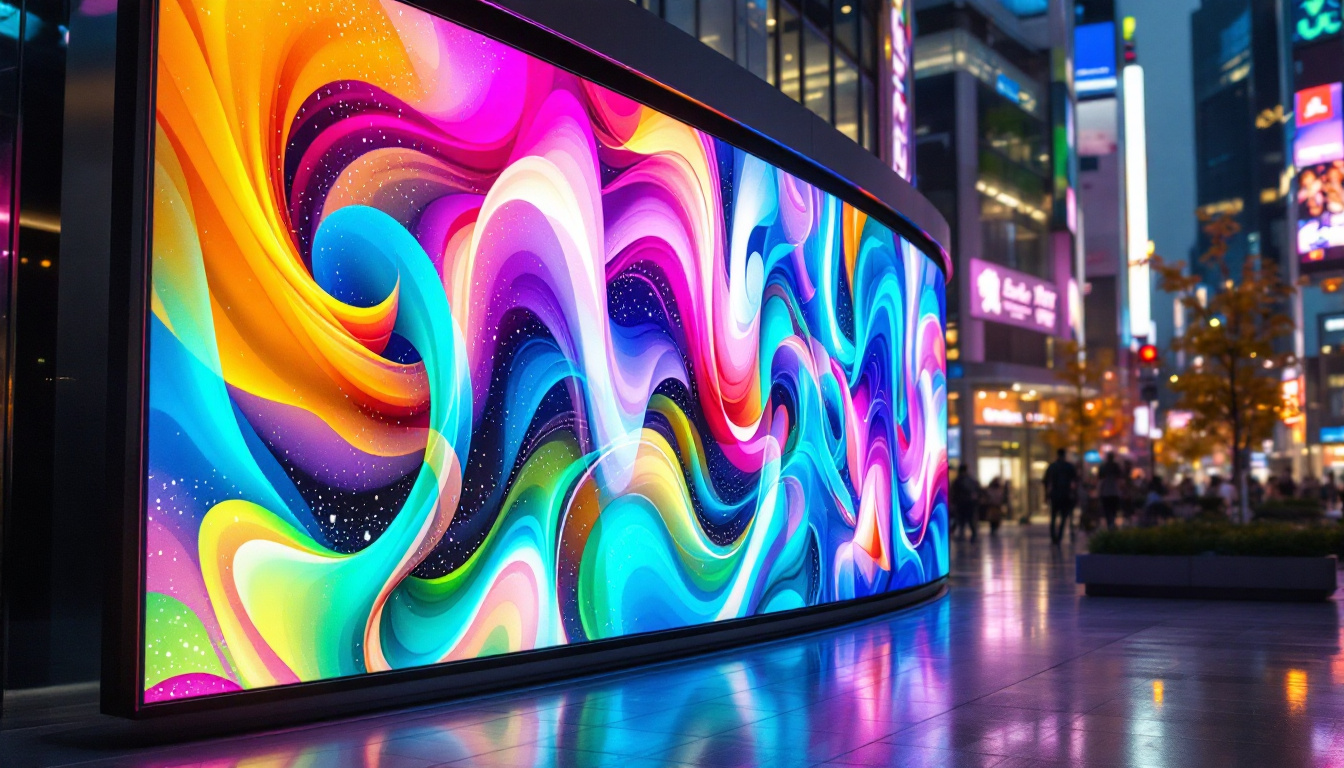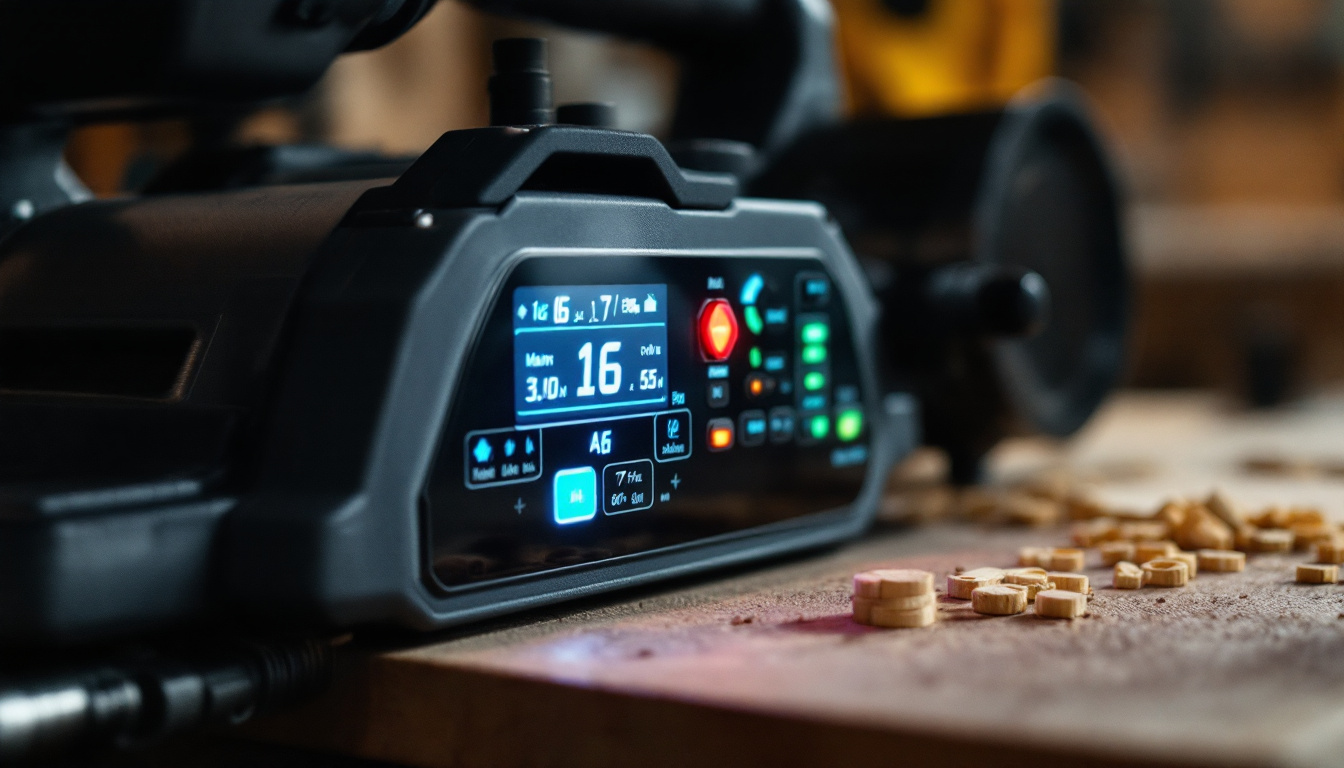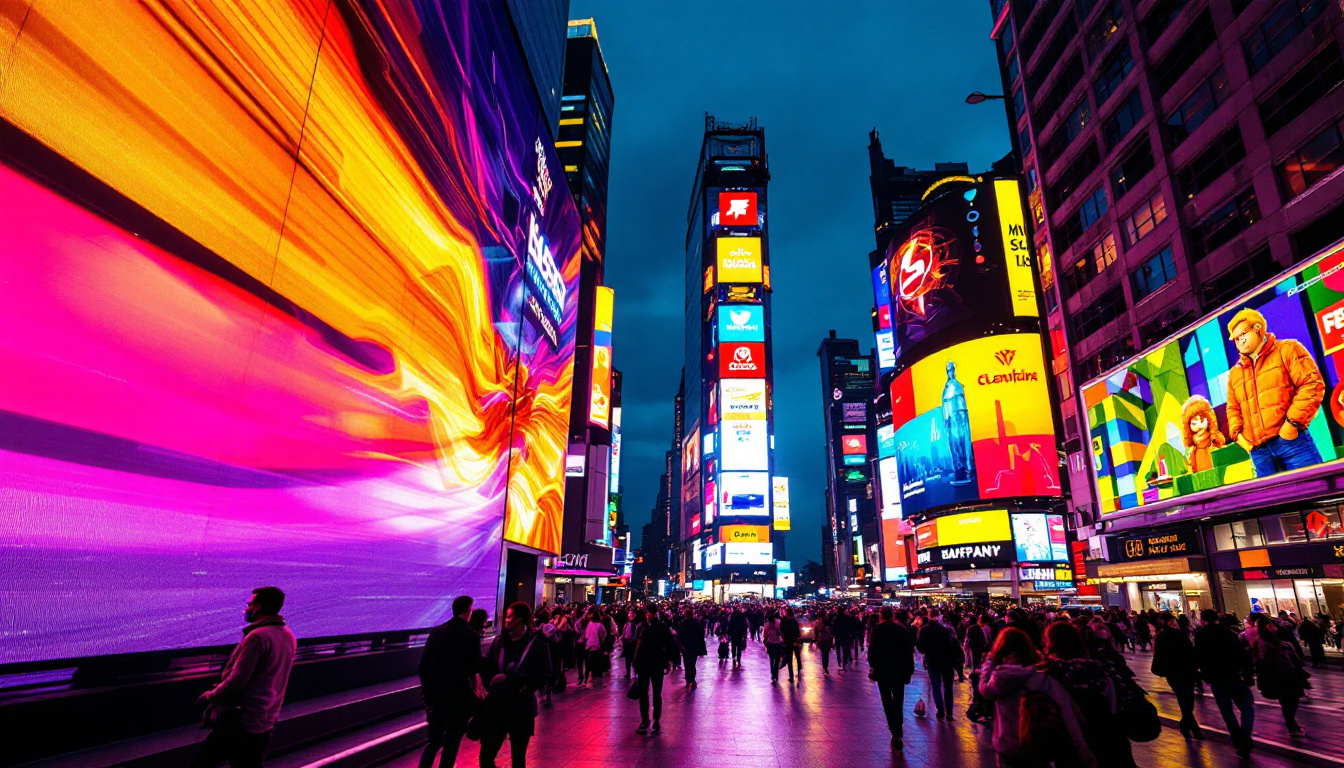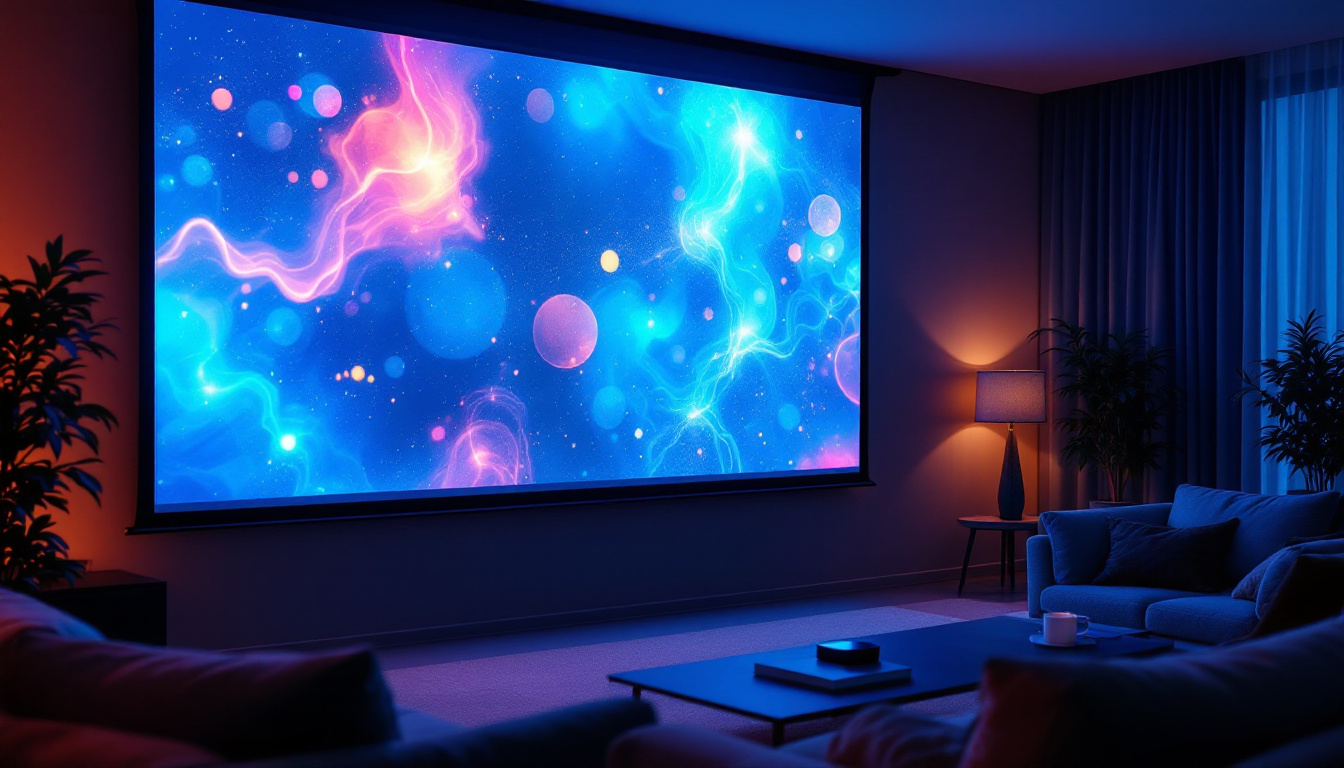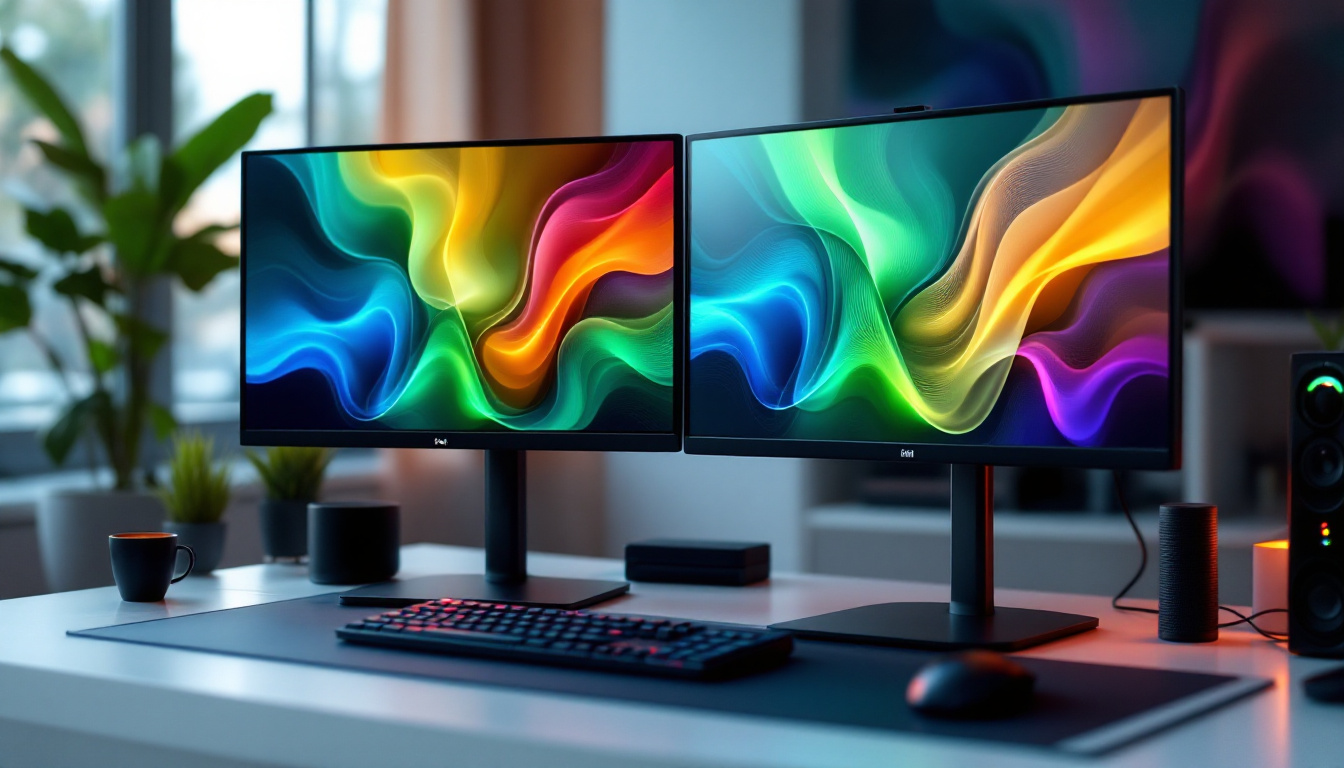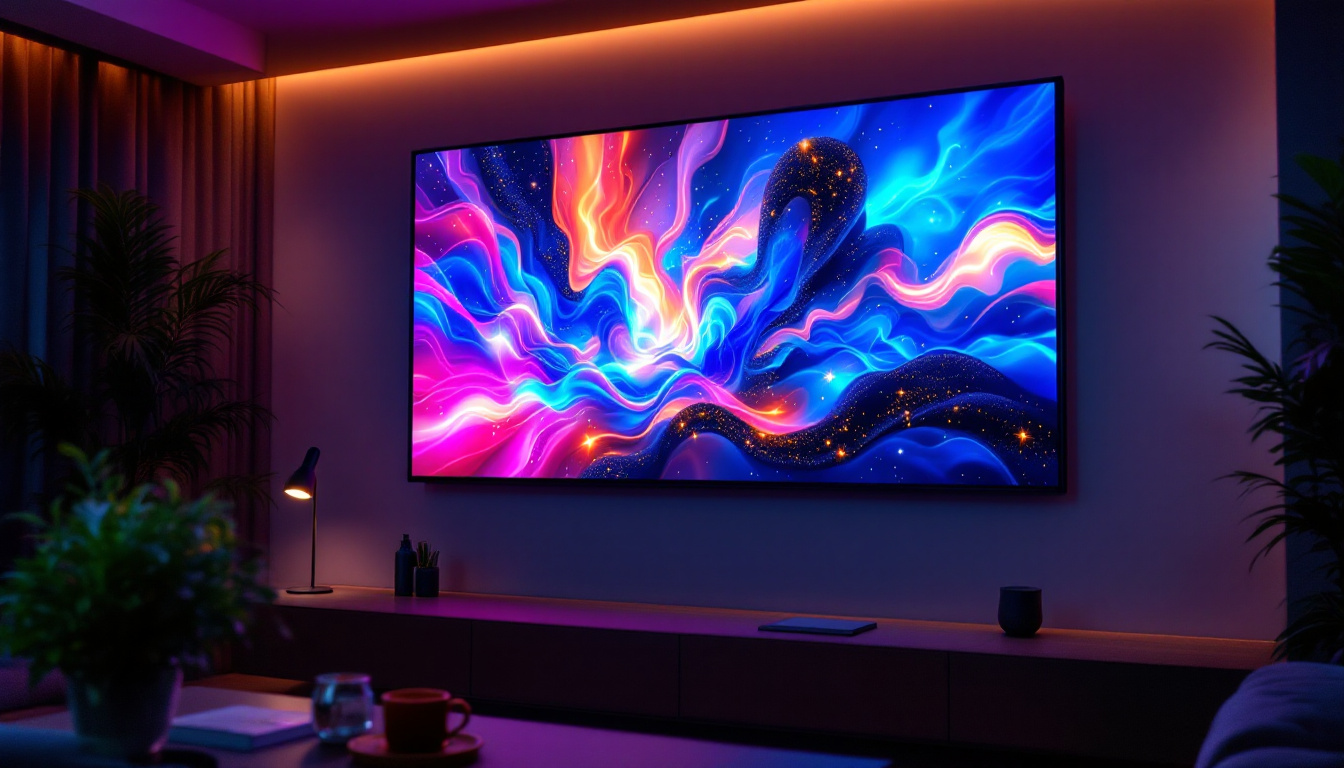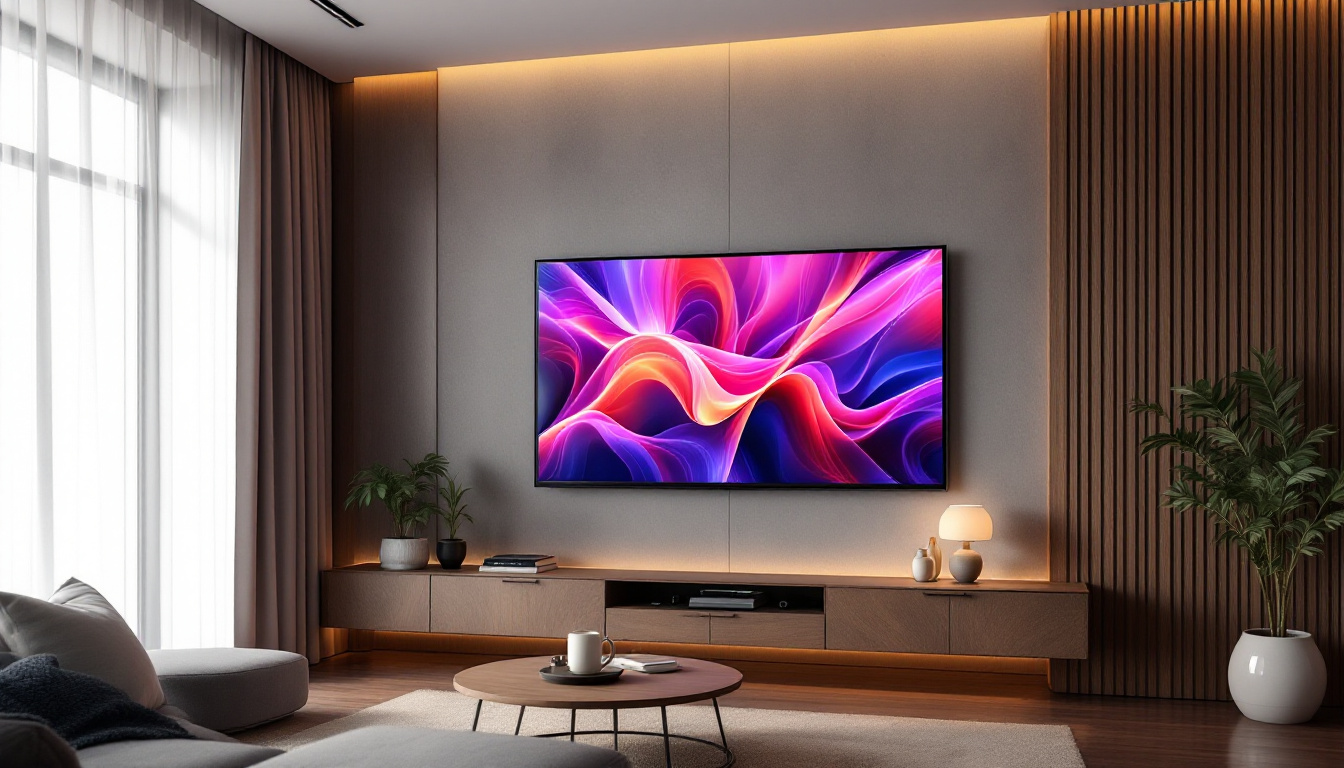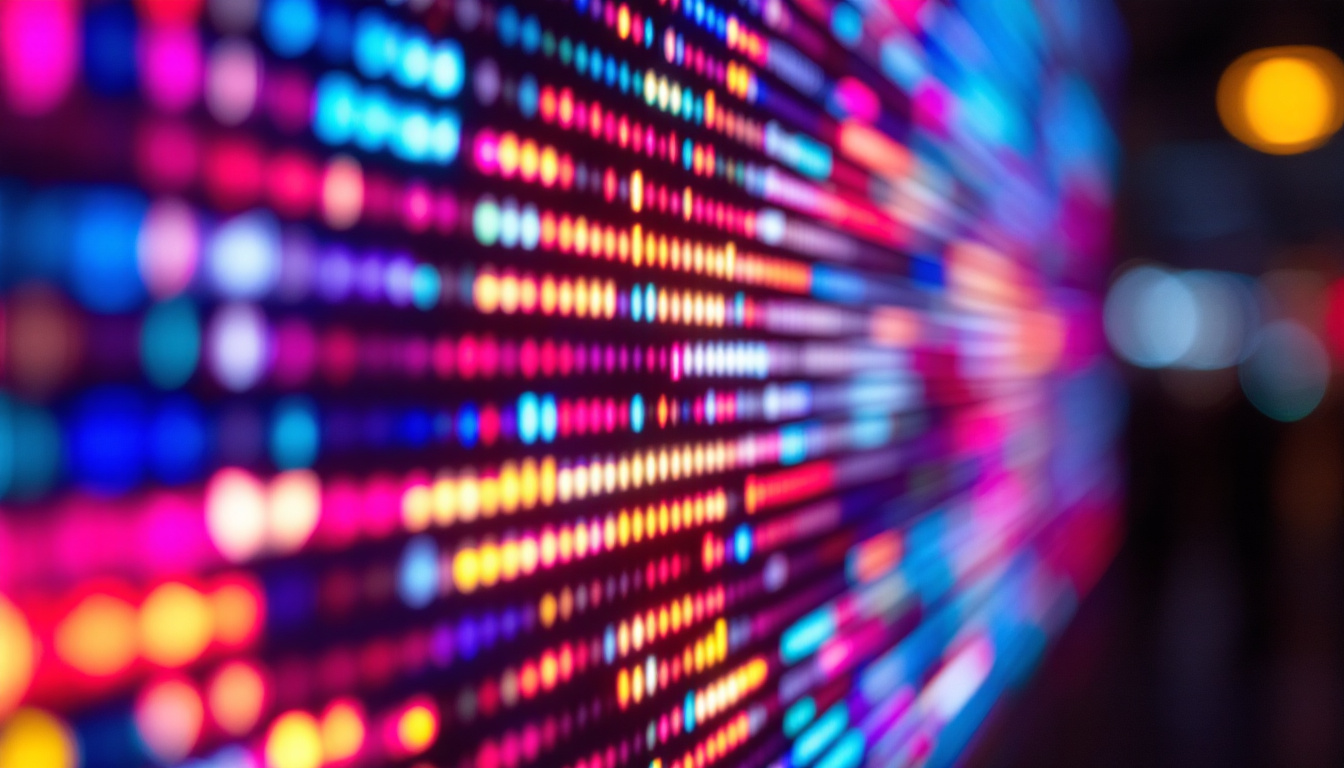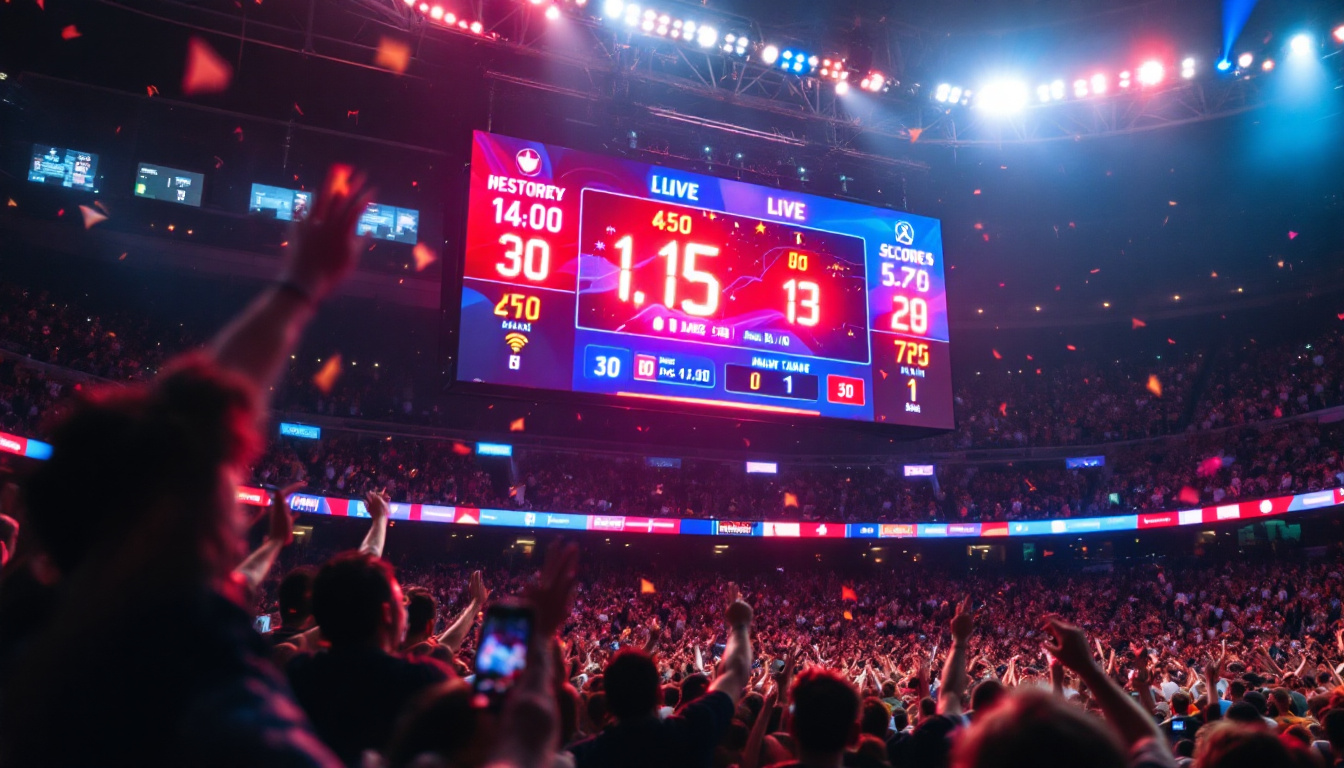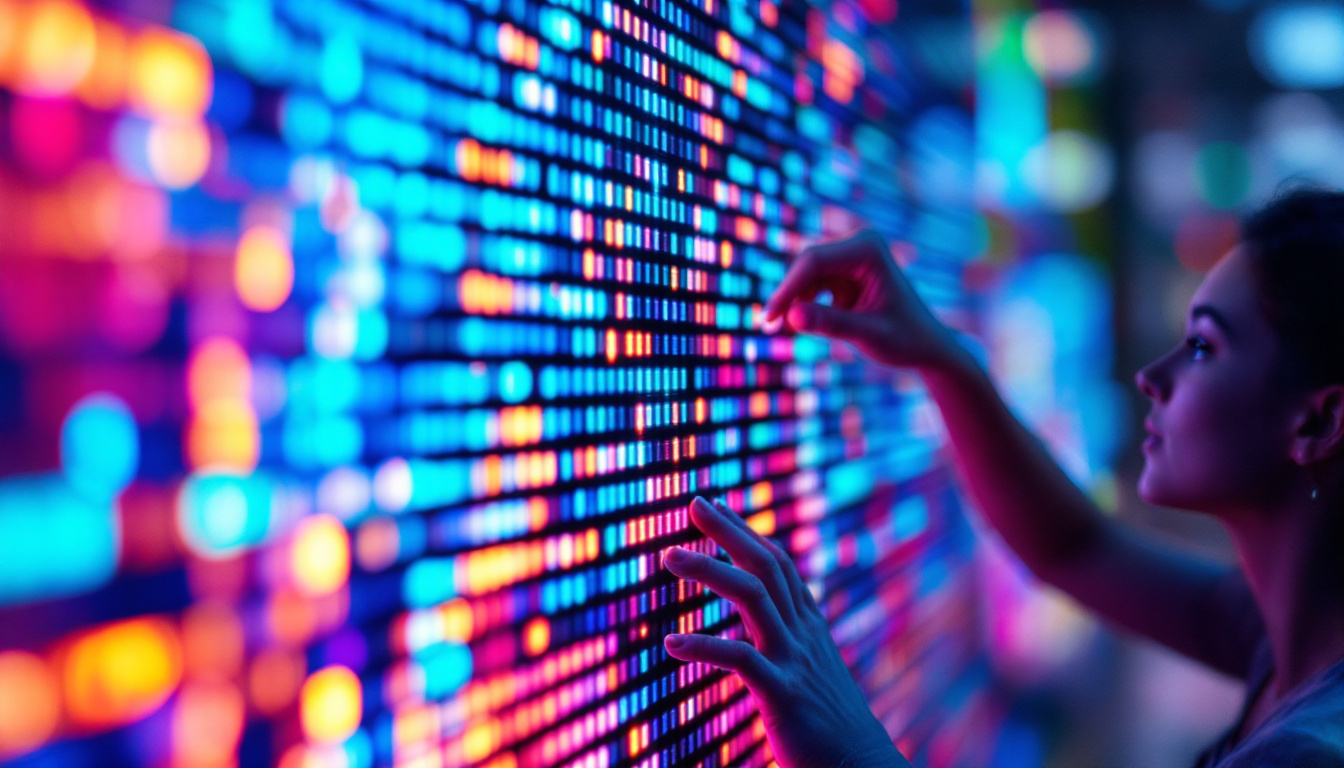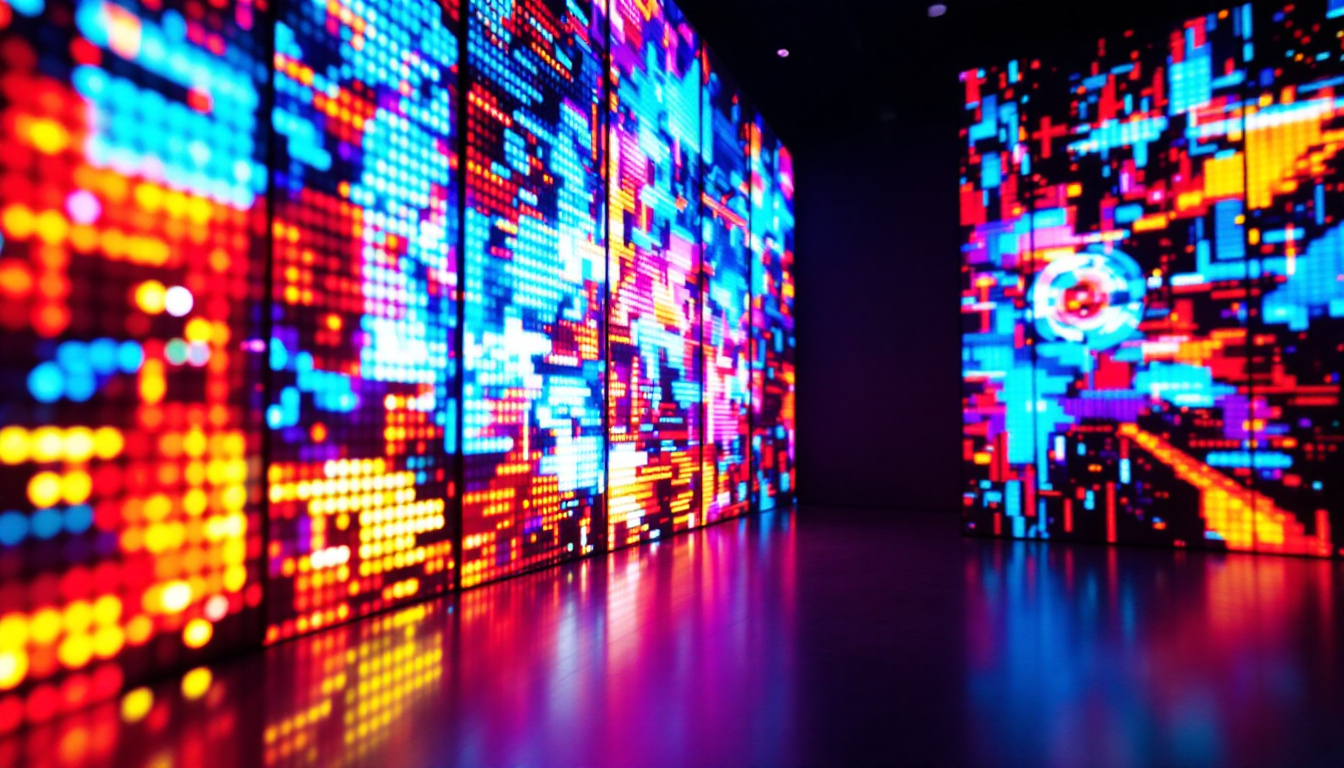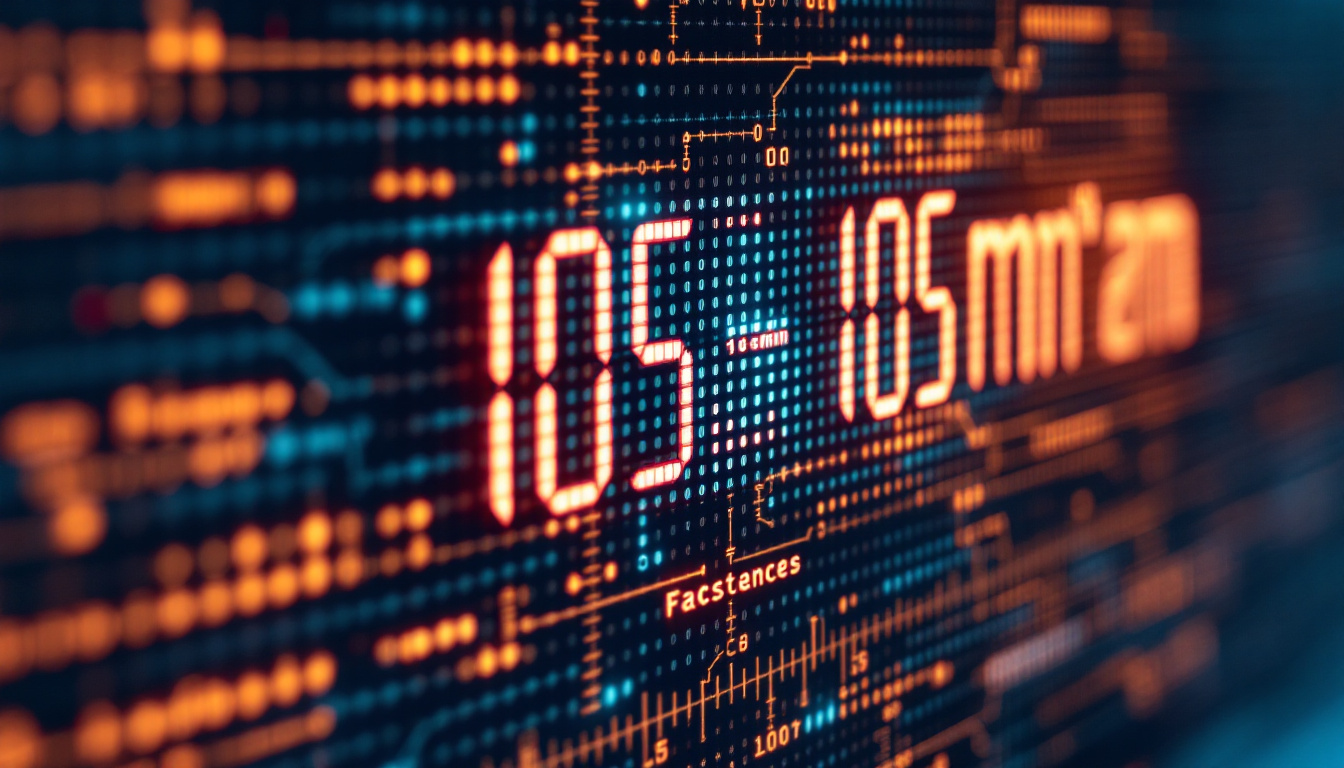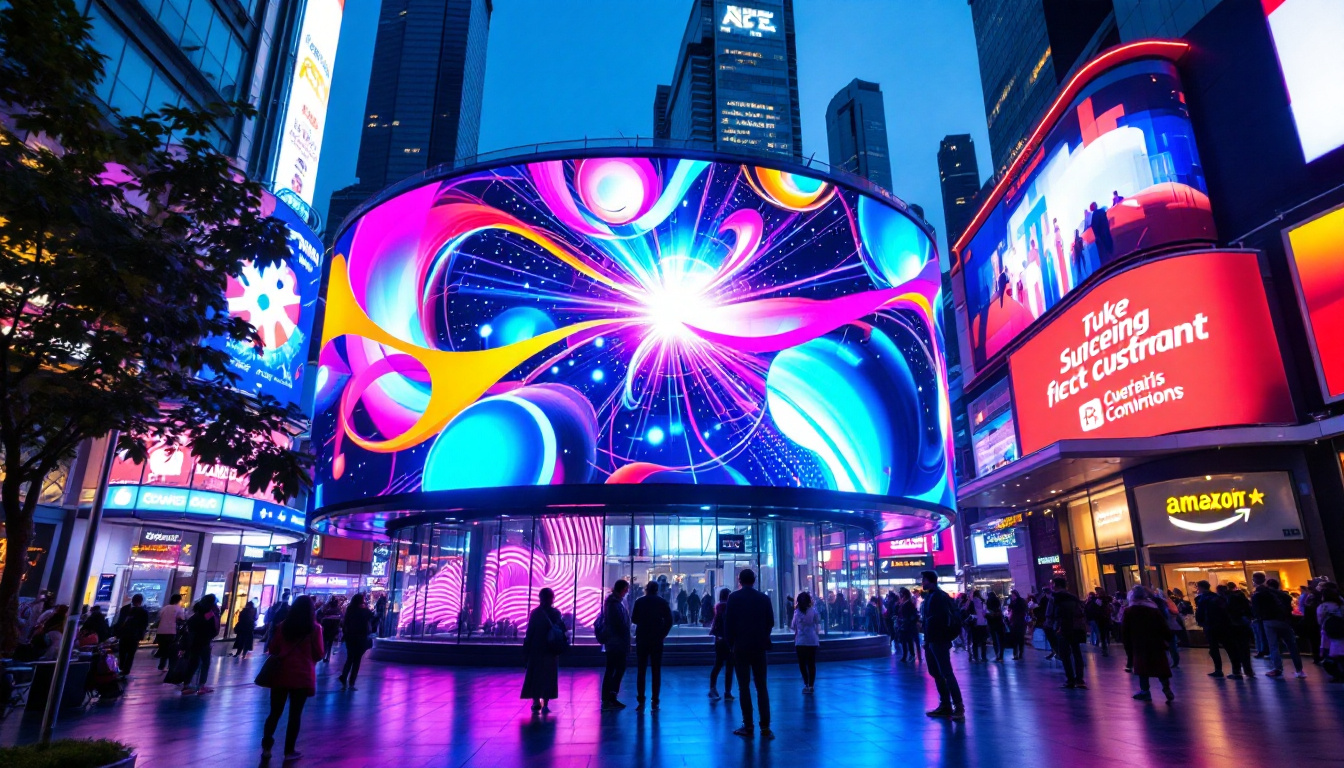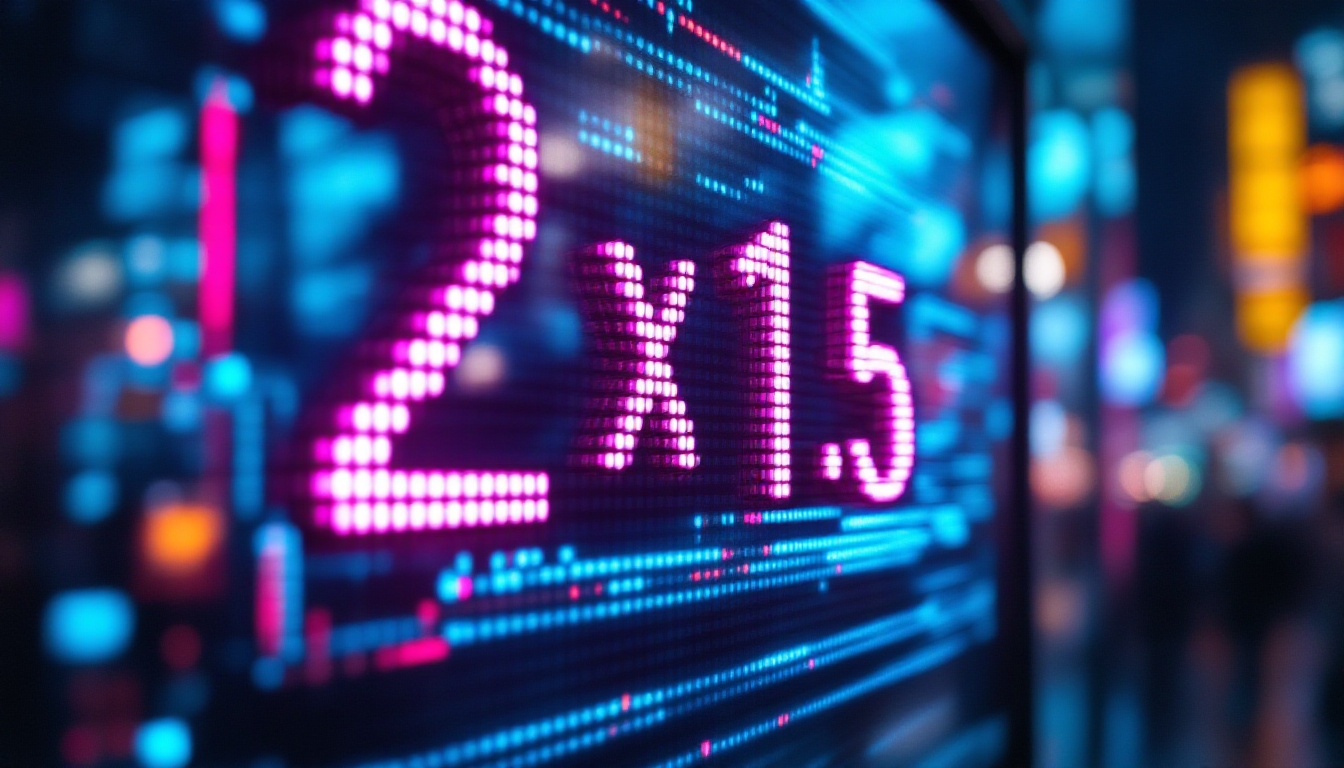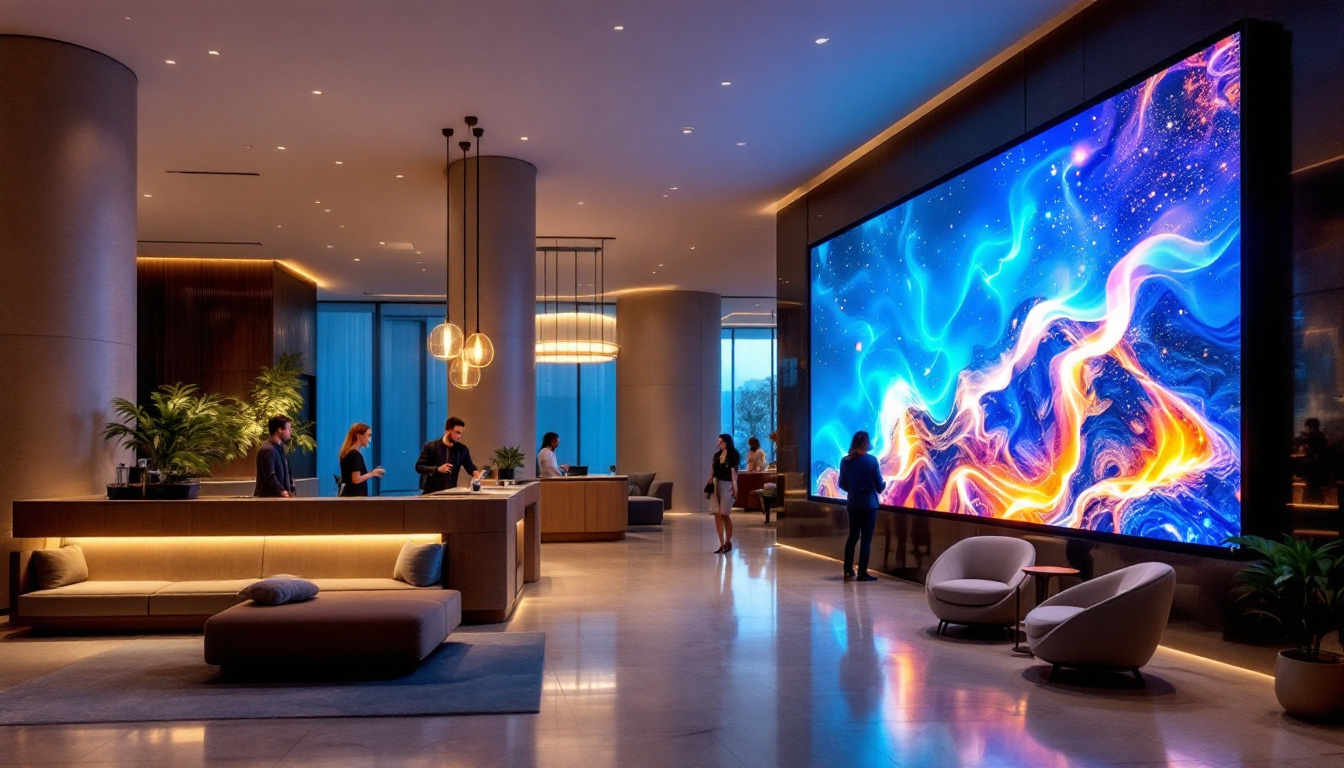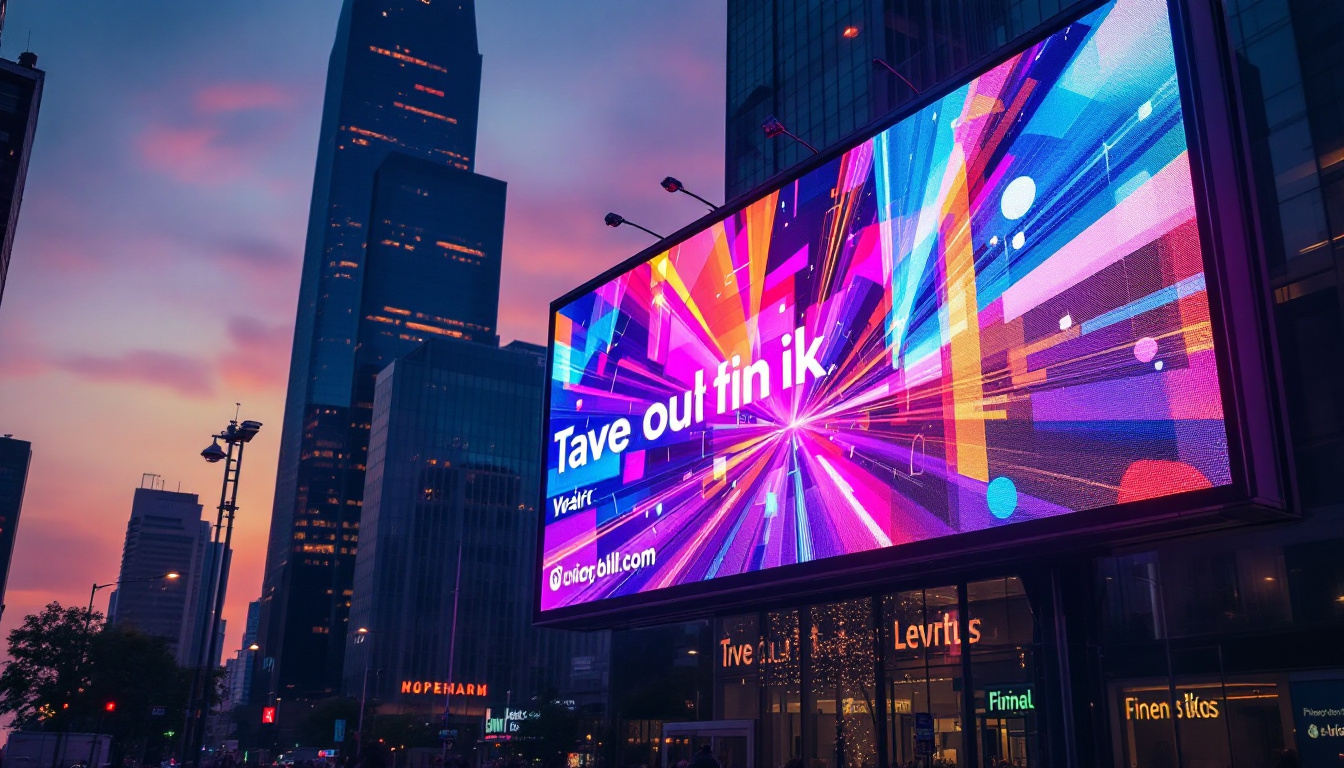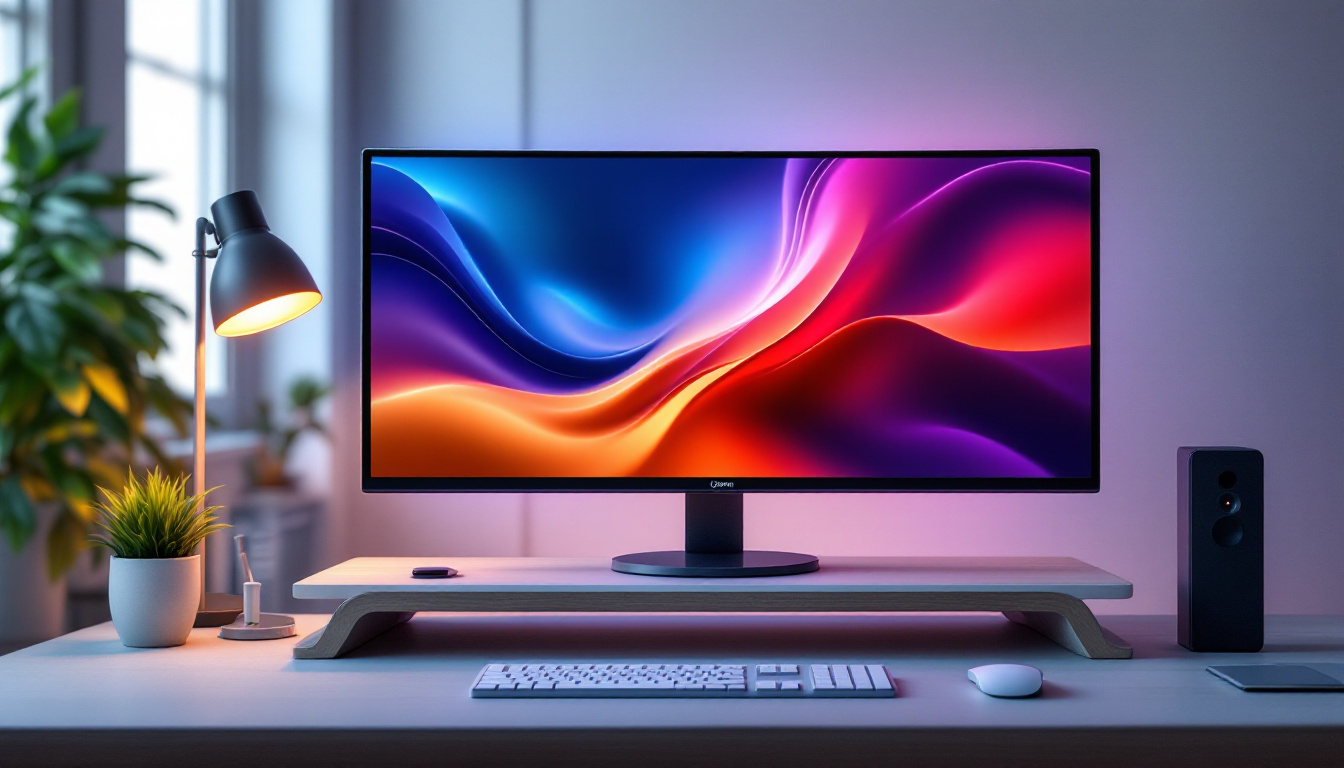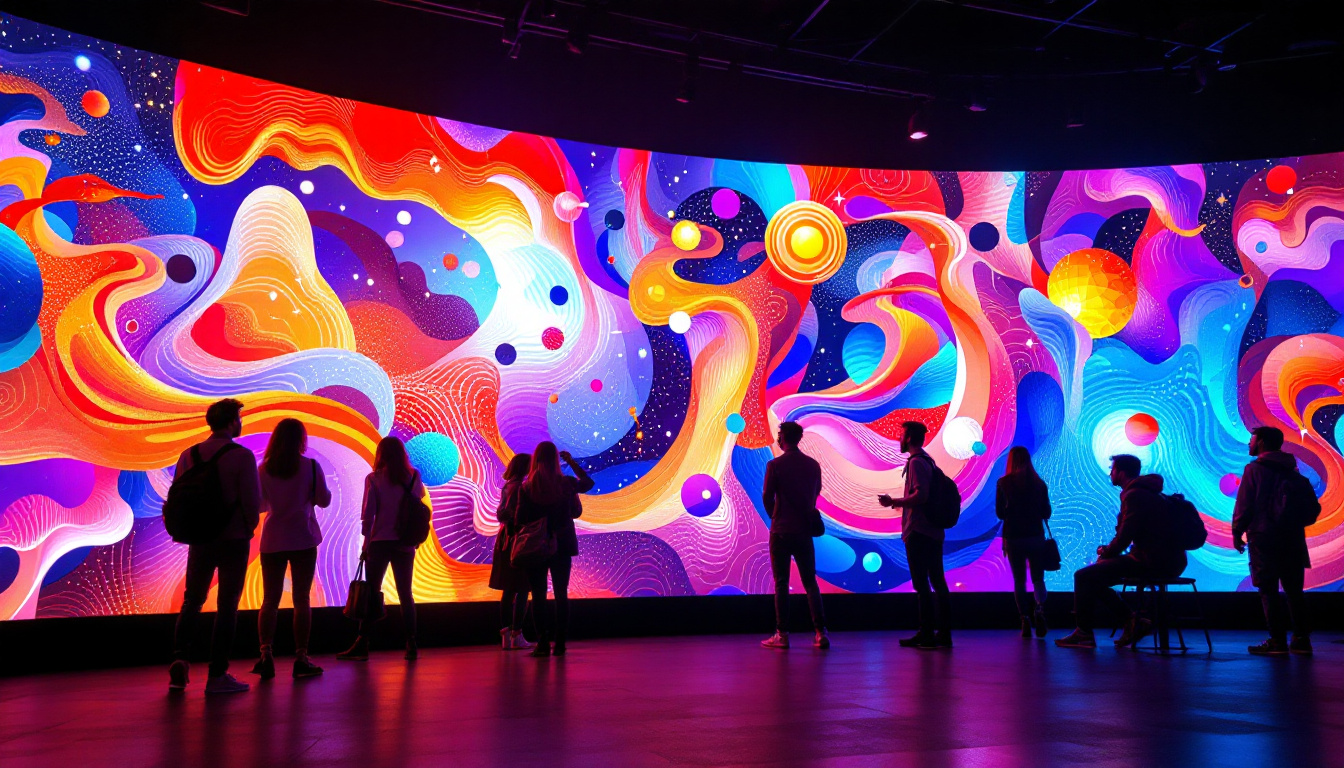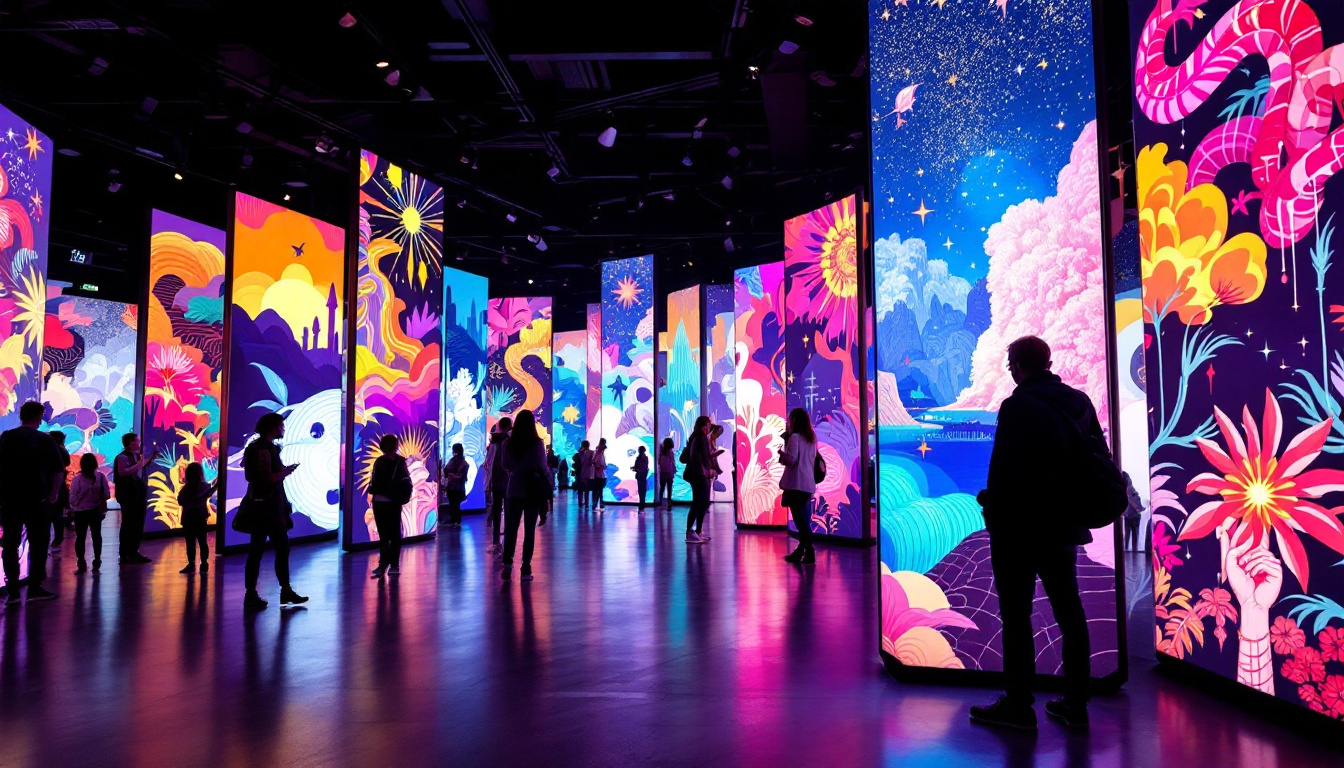In the world of modern interior design and advertising, the way we display images has evolved dramatically. Gone are the days when traditional frames and printed photographs dominated our walls. Today, LED displays have emerged as a revolutionary medium for showcasing pictures, videos, and dynamic content. This article delves into the intricacies of LED displays, exploring their technology, applications, and the myriad benefits they offer for both personal and professional use.
Understanding LED Technology
Light Emitting Diodes (LEDs) are semiconductor devices that emit light when an electric current passes through them. This technology has transformed various industries, from automotive lighting to large-scale advertising. In the realm of displays, LEDs serve as the backbone for screens that can be used in a variety of settings, including homes, offices, and public spaces. The energy efficiency of LEDs compared to traditional incandescent bulbs is another significant advantage, as they consume less power and have a longer lifespan, making them a more sustainable choice for lighting solutions.
How LED Displays Work
LED displays consist of numerous tiny light-emitting diodes arranged in a grid. Each diode can emit different colors, allowing for the creation of vibrant images and videos. The combination of red, green, and blue (RGB) diodes enables the display to produce a full spectrum of colors. When these diodes are controlled individually, they can create stunning visuals that capture attention. This capability is particularly beneficial in environments where high visibility is essential, such as sports arenas and concert venues, where dynamic content can enhance the overall experience for the audience.
The technology behind LED displays is not only about the diodes themselves but also involves sophisticated control systems that manage the brightness, color, and refresh rates of the images being displayed. This ensures that the content appears sharp and dynamic, whether it’s a still photograph or a moving video. Advanced processing techniques, such as image scaling and color correction, further enhance the viewing experience, allowing for seamless transitions and vibrant displays that can adapt to various lighting conditions.
Types of LED Displays
LED displays come in various types, each suited for different applications. The most common types include:
- Direct View LED: These displays are composed of individual LED modules that can be assembled into larger screens. They are often used for billboards and large advertising displays, providing high brightness and visibility even in direct sunlight.
- LED Backlit LCD: This type combines traditional LCD technology with LED backlighting. It is commonly found in televisions and computer monitors, providing enhanced brightness and color accuracy. The backlighting allows for thinner designs and improved energy efficiency compared to older LCD technologies.
- Organic LED (OLED): OLED displays use organic compounds to emit light, allowing for thinner screens and better contrast ratios. They are popular in high-end televisions and smartphones, where the ability to produce true blacks and vibrant colors significantly enhances the viewing experience.
Additionally, there are emerging technologies such as MicroLED, which promises even greater efficiency and flexibility. MicroLED displays utilize microscopic LEDs to create individual pixels, offering exceptional resolution and color performance while being less susceptible to burn-in issues that can affect OLED screens. As the demand for high-quality visual experiences continues to grow, innovations in LED technology are paving the way for more immersive and interactive applications across various sectors, including virtual reality and augmented reality environments.
Applications of LED Displays
LED displays have found their way into various sectors, each leveraging the technology to enhance visual communication. From retail to art galleries, the applications are vast and varied.
Commercial Use
In the commercial sector, LED displays are invaluable tools for advertising. Retailers use them to showcase products, promotions, and brand messages. The ability to change content quickly and easily makes LED displays an attractive option for businesses looking to attract customers. digital signage has become a staple in shopping malls, airports, and public transport stations, providing real-time information and engaging visuals. Furthermore, the brightness and clarity of LED displays ensure that messages are visible even in bright daylight, making them effective for outdoor advertising as well. Many companies are now integrating interactive features into their LED displays, allowing customers to engage with the content directly, which can lead to increased sales and customer satisfaction.
Art and Exhibitions
Artists and curators are increasingly incorporating LED displays into their exhibitions. The dynamic nature of LED technology allows for innovative presentations that can change throughout the duration of an exhibit. Artists can create immersive experiences, combining traditional art forms with digital elements to captivate audiences. This fusion of art and technology opens up new avenues for creativity and expression. Moreover, LED displays can be programmed to respond to viewer interactions, creating a dialogue between the artwork and the audience. This interactivity not only enhances the viewer’s experience but also encourages deeper engagement with the themes and messages being conveyed. As artists explore the boundaries of digital art, LED displays are becoming a vital medium for storytelling and emotional connection.
Home Decor
On the residential front, LED displays are becoming popular as a modern alternative to traditional artwork. Homeowners can use LED screens to display personal photographs, digital art, or even curated playlists of images. This flexibility allows for a customizable aesthetic that can change with the seasons or moods, making it an appealing choice for contemporary living spaces. Additionally, advancements in LED technology have led to the development of ultra-thin and lightweight screens that can be easily mounted or integrated into furniture, further enhancing their appeal in home design. Some homeowners are even using LED displays to create ambient lighting effects, transforming a room’s atmosphere with dynamic colors and patterns that complement their interior decor. This innovative approach to home decor not only personalizes living spaces but also showcases the homeowner’s unique style and creativity.
Benefits of Using LED Displays
The advantages of LED displays extend beyond their visual appeal. They offer numerous benefits that make them a preferred choice for various applications.
Energy Efficiency
One of the standout features of LED technology is its energy efficiency. Compared to traditional lighting methods, LED displays consume significantly less power. This not only reduces electricity costs but also contributes to a smaller carbon footprint, making them an environmentally friendly option.
Longevity and Durability
LED displays are renowned for their longevity. With a lifespan that can exceed 50,000 hours, they outlast many traditional display technologies. Additionally, they are more resistant to shock and vibration, making them suitable for high-traffic areas and outdoor environments. This durability translates to lower maintenance costs and less frequent replacements.
High-Quality Visuals
LED displays offer superior image quality with high brightness, contrast, and color accuracy. This makes them ideal for environments where visual impact is crucial. Whether it’s a vibrant advertisement or a subtle piece of digital art, LED displays can deliver stunning visuals that engage viewers and convey messages effectively.
Choosing the Right LED Display
When selecting an LED display, several factors should be considered to ensure it meets specific needs and requirements.
Resolution and Pixel Pitch
Resolution is a critical factor in determining the quality of an LED display. Higher resolution displays provide clearer images, especially when viewed up close. Pixel pitch, which refers to the distance between the centers of two adjacent pixels, also plays a significant role. A smaller pixel pitch results in higher resolution and better image quality, making it essential for applications where detail is paramount.
Size and Format
The size of the LED display should be chosen based on the intended use and viewing distance. Larger displays are suitable for outdoor advertising or large venues, while smaller screens may be ideal for personal use or smaller spaces. Additionally, the format—whether landscape or portrait—should align with the content being displayed.
Installation and Maintenance
Installation requirements can vary significantly between different types of LED displays. Some may require specialized mounting systems or professional installation, while others can be easily set up by the user. It’s also important to consider maintenance needs, as some displays may require more frequent servicing than others. Understanding these factors can help in making an informed decision.
Future Trends in LED Display Technology
The LED display industry is continuously evolving, with new advancements and trends shaping its future. Keeping an eye on these developments can provide insights into what to expect in the coming years.
Flexible and Transparent Displays
One of the most exciting trends is the emergence of flexible and transparent LED displays. These innovations allow for creative applications, such as curved screens that can fit unique architectural designs or transparent displays that can blend seamlessly into environments. This flexibility opens up new possibilities for both commercial and artistic uses.
Integration with Smart Technology
As smart home technology continues to gain traction, the integration of LED displays with smart systems is becoming more prevalent. This allows users to control their displays through mobile apps, voice commands, or automation systems. Such integration enhances user experience and offers greater customization options.
Improved Sustainability
With increasing awareness of environmental issues, manufacturers are focusing on creating more sustainable LED displays. This includes using eco-friendly materials, reducing energy consumption, and implementing recycling programs for old displays. As sustainability becomes a priority, the industry is likely to see significant changes that align with these values.
Conclusion
LED displays have transformed the way images and videos are showcased, offering unparalleled flexibility, quality, and efficiency. From commercial advertising to personal home decor, the applications of this technology are vast and varied. As the industry continues to innovate, the future of LED displays looks bright, promising even more exciting developments that will further enhance visual communication. Whether for artistic expression or effective advertising, LED displays are set to remain at the forefront of visual technology, captivating audiences and enriching experiences.
Illuminate Your Space with LumenMatrix
Ready to elevate your visual experience? LumenMatrix is at the forefront of LED display innovation, offering a diverse range of solutions tailored to your needs. From captivating Indoor LED Wall Displays to dynamic Outdoor LED Wall Displays, and from versatile Vehicle LED Displays to sleek LED Poster Displays, our technology is designed to revolutionize the way you communicate visually. Explore our LED Sports Displays for engaging sports fans, Floor LED Displays for interactive environments, Custom LED Displays for unique designs, All-in-One LED Displays for convenience, and LED Transparent Displays for seamless integration. Embrace the future of visual storytelling with LumenMatrix and create an impact that resonates. Check out LumenMatrix LED Display Solutions and transform your space today.

